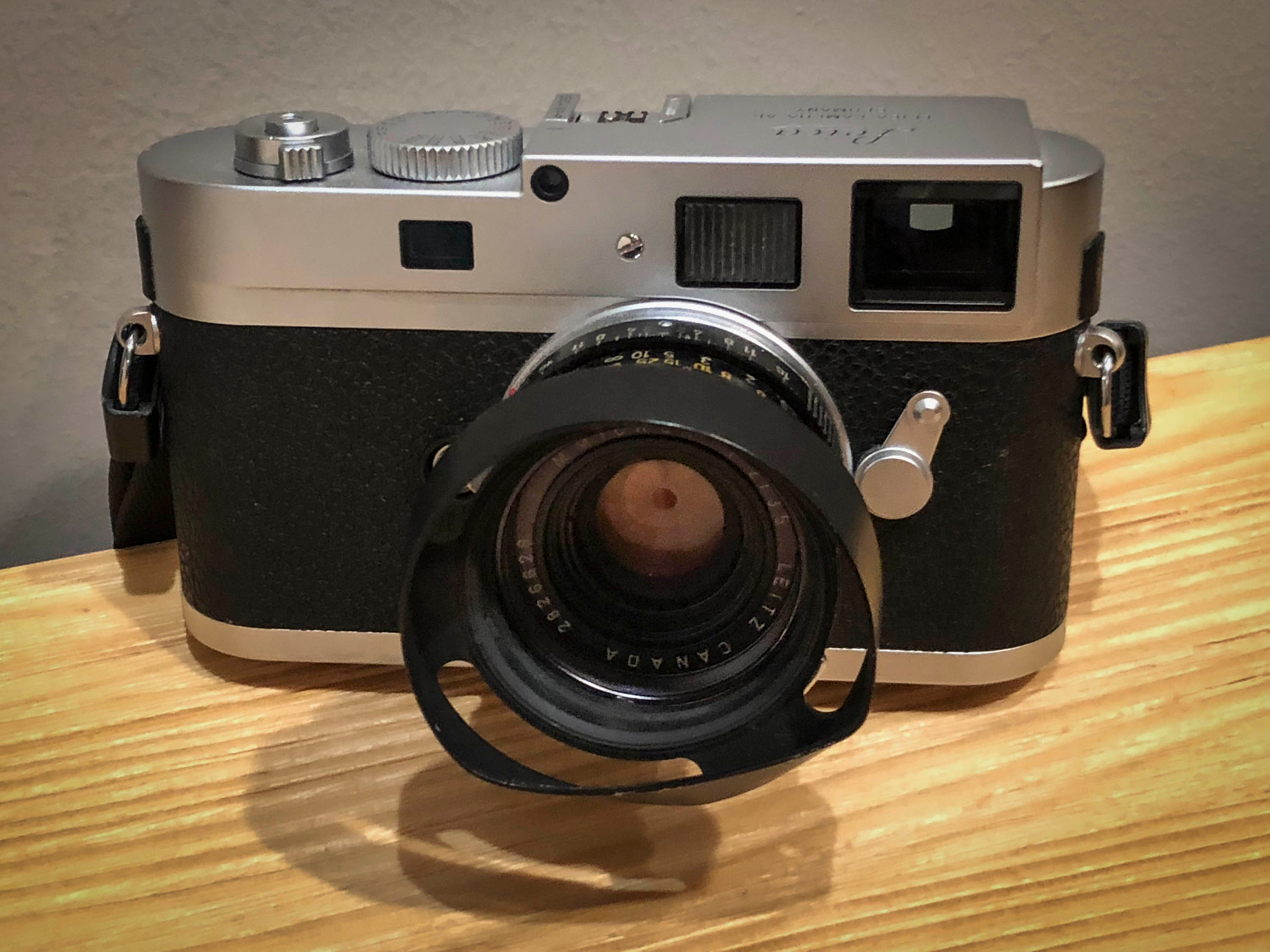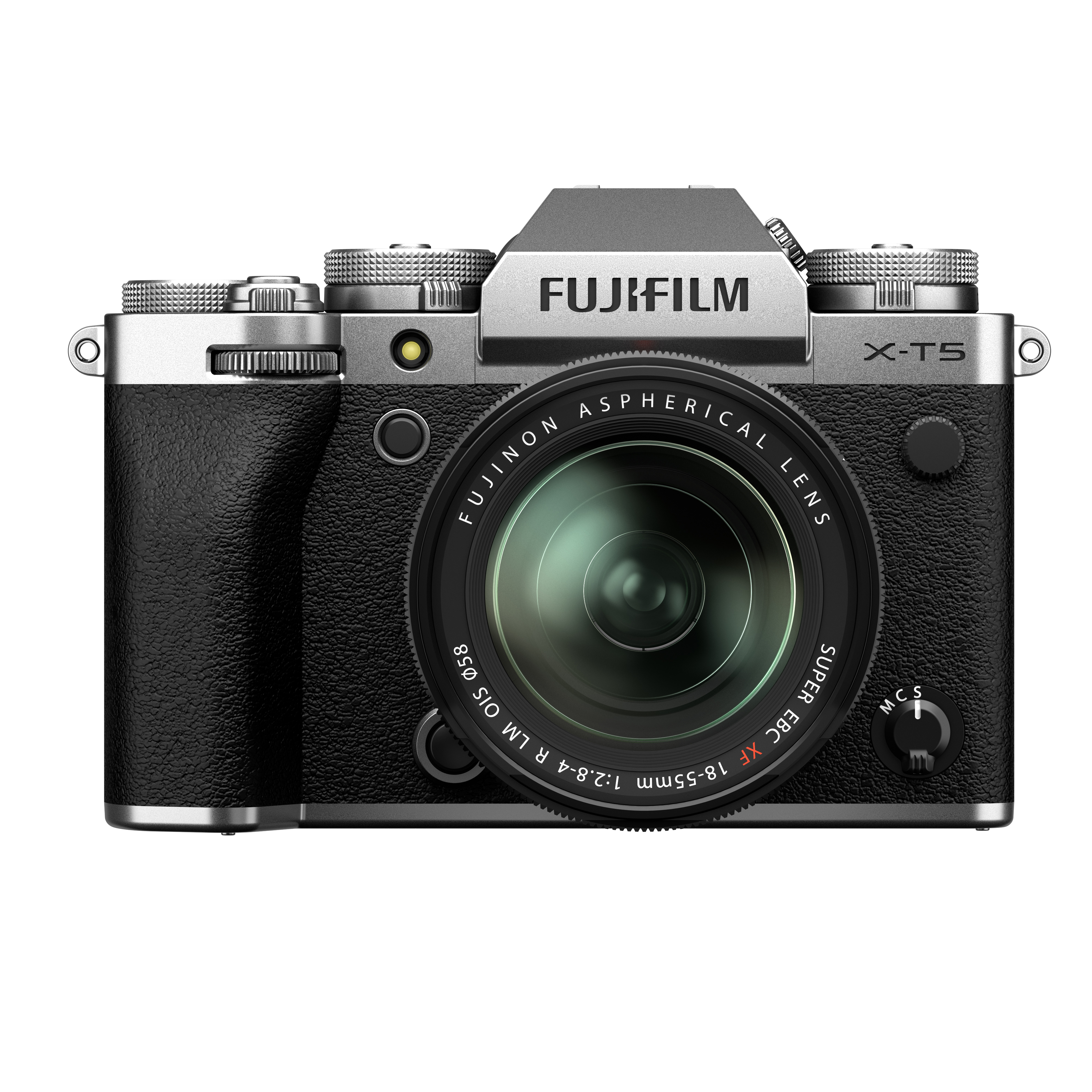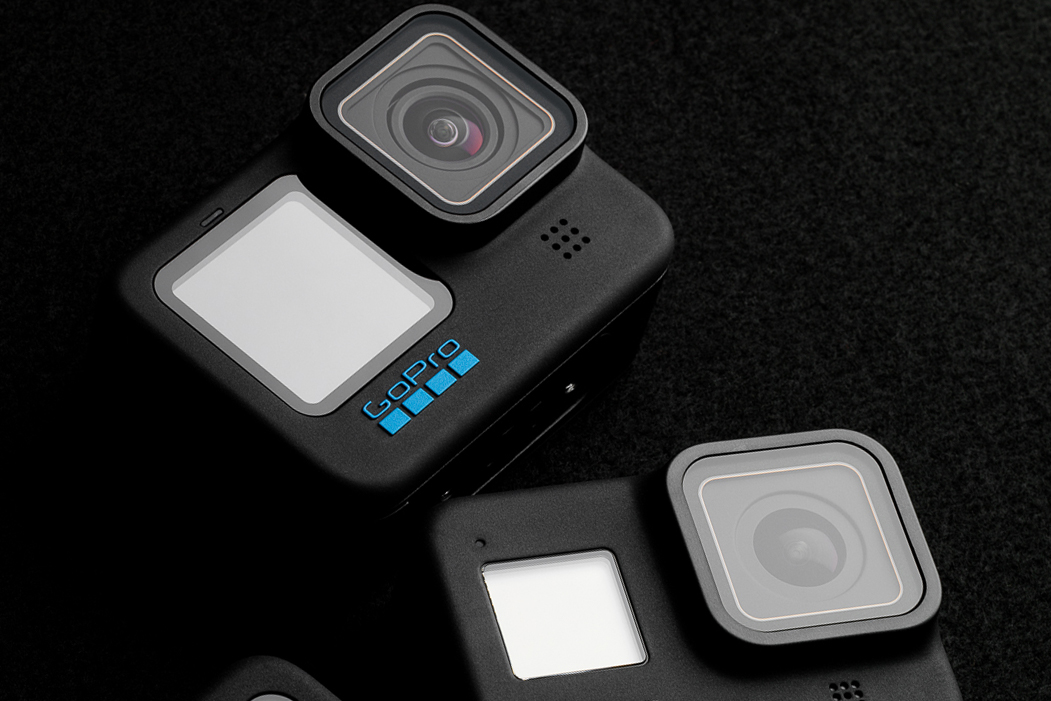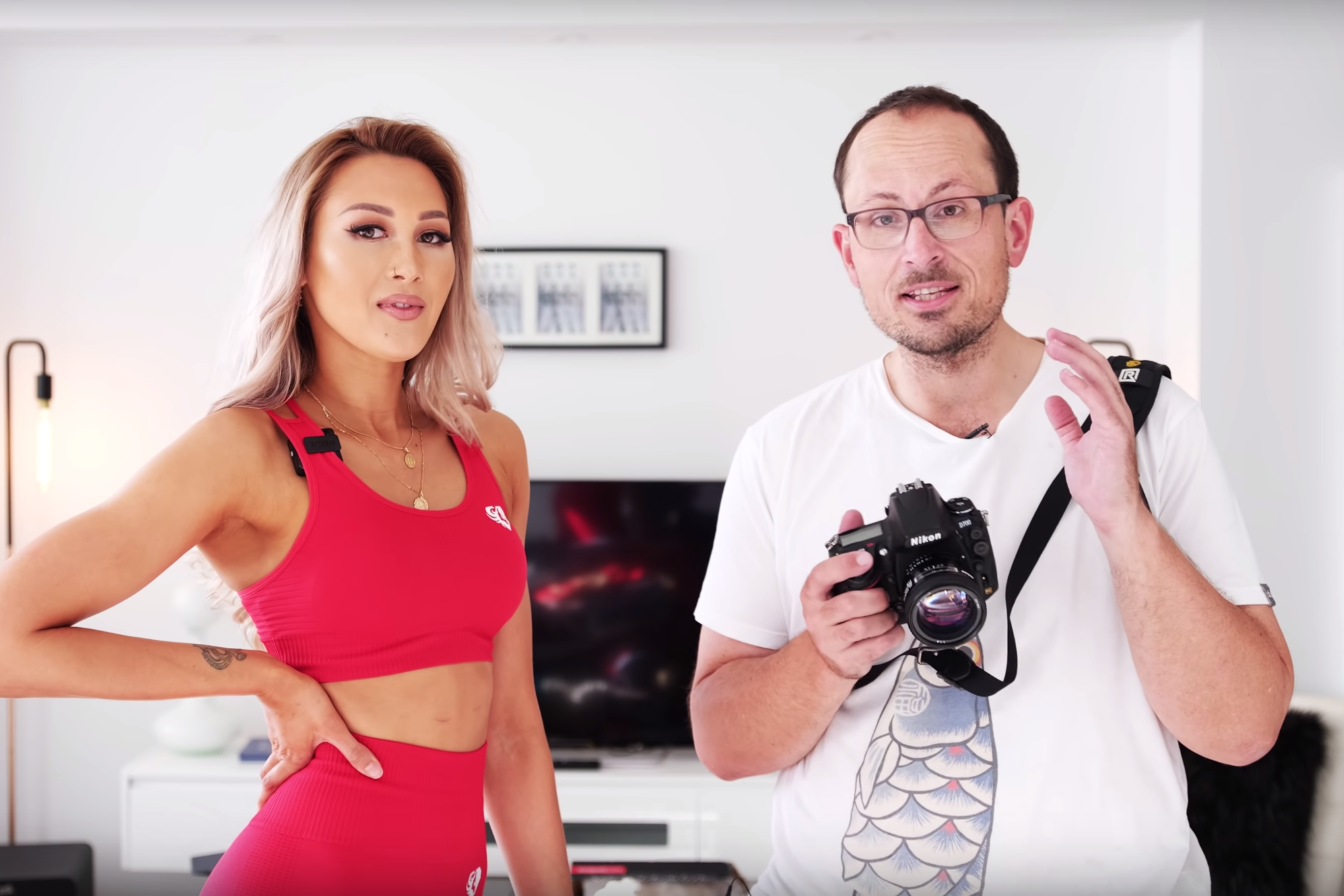
There are two schools of thought on protecting the front lens surface on your camera:
One is that you buy an optically clear UV or Skylight filter, which screws into the front of your lens. The theory is that this extra piece of glass will absorb any “direct hits” from a foreign object, and should the force be strong enough, any chip, scratch or break will damage the filter rather than the front element of the lens. This clear filter may also be used to protect the front of the lens against moisture and/or blowing sand on the beach. The argument against using these filters is that many photographers have a problem putting a $10 – $50 piece of glass in front of their $2,000 lens.
The second approach, which I have used during my entire career, is to buy a quality metal lens shade in lieu of a clear filter. Finding a good metal lens shade might require you to buy a third party option for your brand of camera. Others manufacturers, like Leica, sell their own metal lens shades. The majority of these metal shades will be more expensive than the typical UV or Skylight filter. Some photographers use both a filter and a protective lens shade.
A few weeks ago I was conducting one of my KEH sponsored Silo City photography workshops in Buffalo, NY. Silo City, located along the Buffalo River, is a six-acre complex of over six-million square feet of abandoned grain elevators and flour mills.

© 2017 Mark Maio
I was leading a group of attendees to the top of a 250-foot grain elevator that we had never previously accessed. While most of the buildings within the complex have had most of the equipment removed, this particular elevator has only been out of use for about two months, so all the machinery is still in place.

© 2017 Mark Maio
Walking ahead of the group along the dim top floor, I didn’t notice a two-foot long piece of metal protruding from one of the conveyor belt assemblies and projecting a few inches off the floor. Later I would learn that there were nineteen of these pieces of metal equally spaced along the conveyor belt, all are painted yellow except for the last one, which I tripped over.
The attendee directly behind me described my trip and fall as the longest he had ever witnessed. Once I began falling forward, my first reaction was to try to stay upright. I tried moving forward to catch my balance, almost in slow motion as if watching myself fall. When I instantaneously concluded that gravity and forward motion were going to win, my next thought was to protect my Leica M9-P grasped in my right hand.
I did a great job of falling on my right side, however, as my hand hit the concrete floor the camera lens shade hit first and bent, luckily absorbing the impact before popping off my camera. Then the Leica left my grasp and slowly slid along its base before stopping a few feet away. While there were a few scratches on the camera body, afterward the camera worked perfectly. I, on the other hand, wasn’t quite as lucky.

My entire body slammed onto the concrete floor and while I was probably yelling something we can’t print here and my front teeth hit the floor. I felt the lower portion of my right front tooth break off. My right elbow took the entire force of the fall, resulting in a gash that required five stitches to close. I felt extremely fortunate that my injuries weren’t more severe – other than my bruised pride.
This was the first time I had fallen like this with a camera. As I walked away, slowly, I thought thankfully to myself that all those years of using the Leica metal lens shades had paid off.
Here at KEH we have a wide variety of quality used lens shades to choose from.
Consider buying one.




